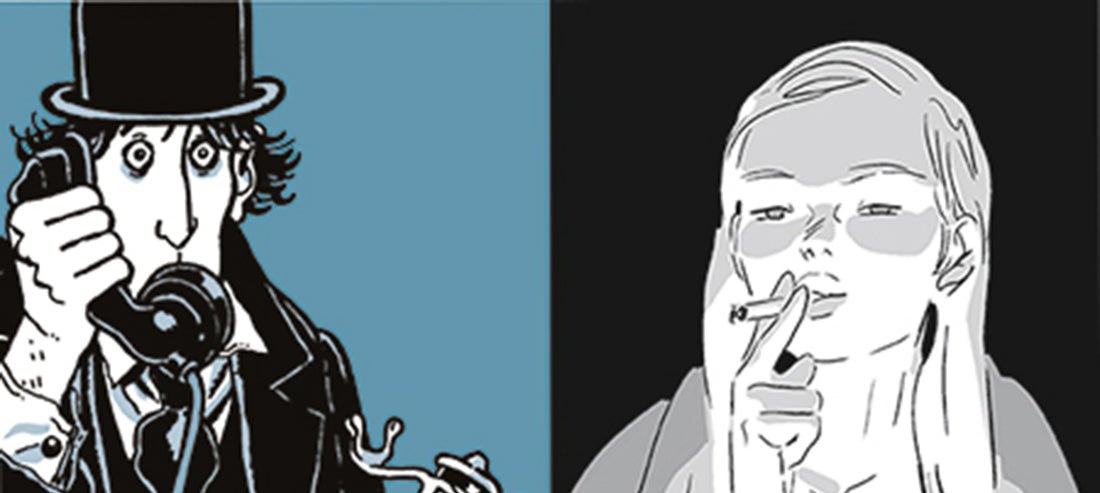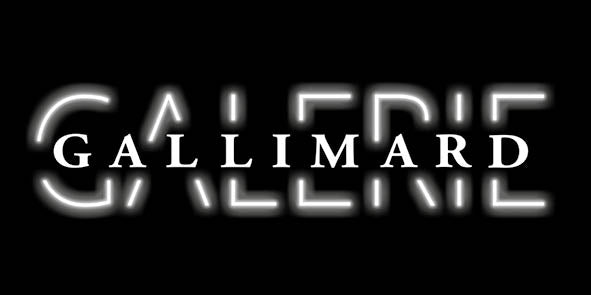
Casterman: the novel is also written in comics
- Exhibition - sale from June 20 to July 31, 2018
- With the support of Michel Edouard Leclerc

With original boards from:

© 2018 Casterman - Juillard
Faithful to the authors who constitute the fundamental pillars of its identity, Casterman now supports several generations of authors in the exploration of new formats, new themes and new graphics.
The current catalogue thus extends the programmatic slogan of the magazine (À suivre), launched exactly forty years ago: "Today, the novel is also written in comic strip form"
"I don't seek to shock, but I like my stories to create unease. I think you can show anything in drawing. Like in literature." Bastien Vivès.
Learn more...
Founded in 1776 in Tournai, Casterman developed its activity in the complementary fields of printing, bookselling and publishing of Catholic works. From the end of the 19th century , the catalogue opened up to the youth sector by publishing "prize books" offered at the end of the school year.
Publisher of Hergé's Aventures de Tintin since 1934, Casterman is involved in the creation and distribution of comics in the form of printed books. It was even Casterman who invented, in 1942, the 64-page colour hardback album that has long served as a model for the classics of Franco-Belgian production and continues to delight several generations of readers.

© 2018 Casterman - Debeurme
Famous for its Tintin, Alix and Chevalier Ardent series , the catalogue took a historic turn in February 1978. Launched around novelistic works by Hugo Pratt, Didier Comès, Jean-Claude Forest and Tardi, the monthly (À suivre) was not, according to its editor-in-chief Jean-Paul Mougin, "a magazine for adults with the bawdy wink that goes with this expression", but simply "an adult magazine that presents new chapters of great stories each month, with no length limit other than that which the authors wish to give them".

© 2018 Cong SA / Hugo Pratt
Casterman Publishing, in the French-speaking world, has contributed to the emergence of the graphic novel, which has won over, outside the circle of 9th art insiders , a public of readers curious about new forms of storytelling. The publication in the form of a 168-page volume of La Ballade de la mer salée marks a decisive turning point in the editorial line of the catalog. The work, printed in black and white under a soft cover, is sent to a few authors to serve as a model for the stories that will soon be published in the collection "Les romans (À suivre) ".

© 2018 Casterman - Rochette
These long stories break free from the narrative conventions of French-language comics of the time. Freed from the constraints of characters in serial episodes, freed from the restrictive framework of the 48 or 56-page album, the authors have complete freedom to build a personal work with inimitable graphics.
Because they tackle major subjects with universal scope, Pratt, Tardi, Forest, Muñoz and Sampayo, Schuiten and Peeters or Rochette and Lob, soon joined by other creators, demonstrate a romantic spirit that takes a humanist look at society or history. Faithful to the authors who constitute the fundamental pillars of its identity, Casterman remains a publisher of modern, ambitious and general public books. Keen to continue the demanding line embodied by the historical catalogue, Casterman now accompanies several generations of authors in the exploration of new formats, new themes and new graphics, both for long-running series and for stand-alone stories, which are sometimes published in the “Écritures” collection, launched in 2002.

© 2018 Casterman - Catel
All these stories, mostly rooted in fiction, do not stray far from contemporary concerns, whether they are works of pure imagination or comic strips inspired by true events taken from history or current events.
The current catalogue thus extends the programmatic slogan of the magazine (À suivre) , launched in Angoulême exactly forty years ago: "Today, the novel is also written in comic strip form"

© 2018 Casterman - Abirached
